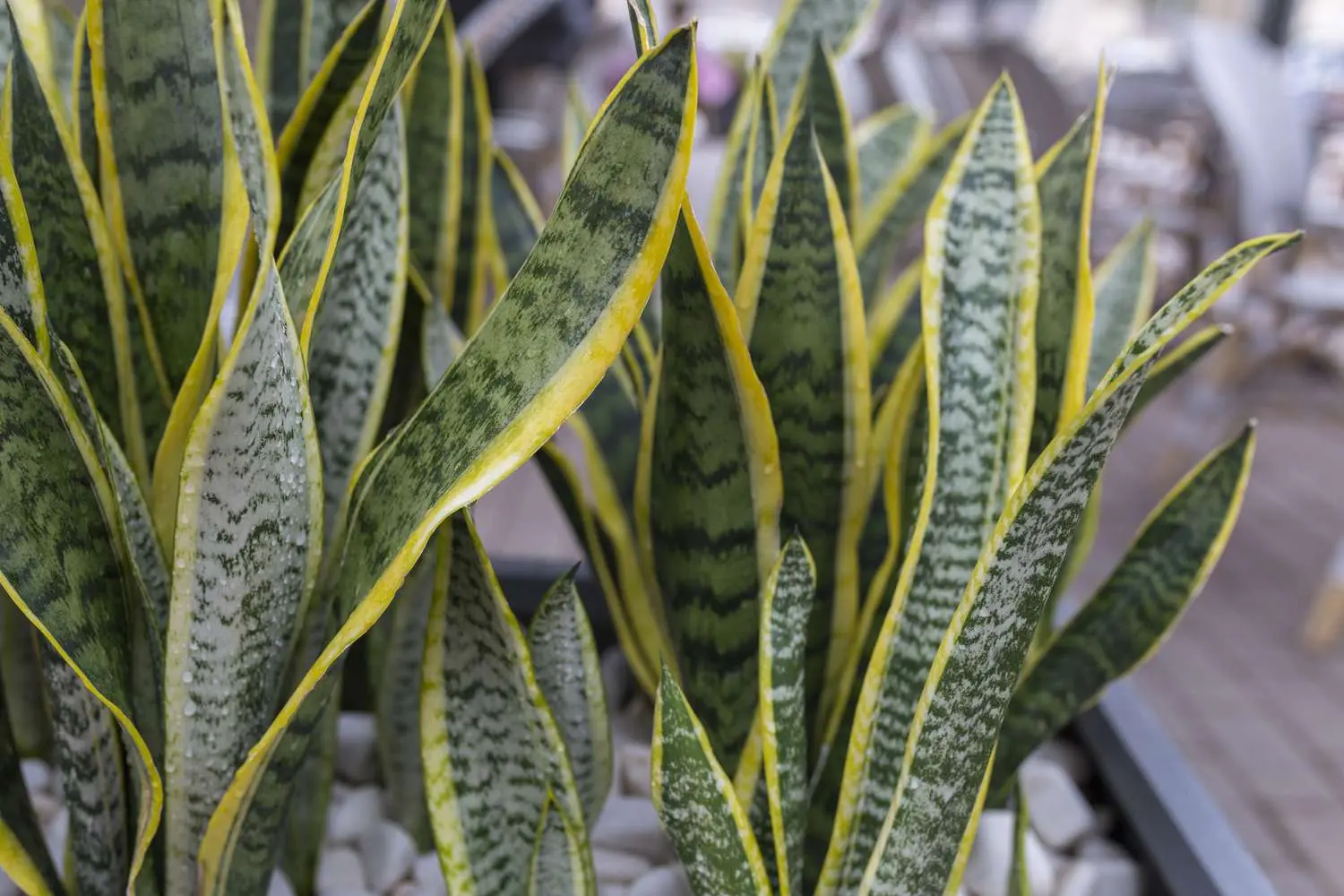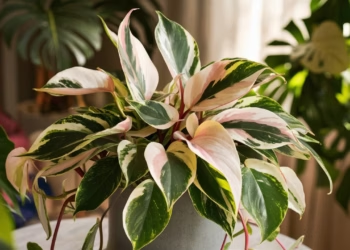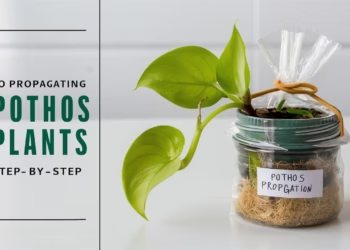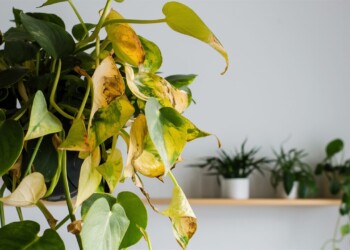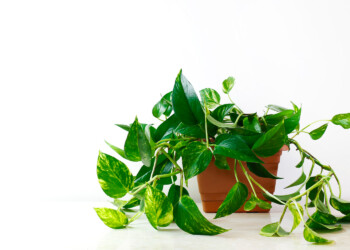Are you experiencing the dreaded sight of your once vibrant snake plant leaves turning yellow? Fear not, fellow plant parent, for this common issue has various causes and solutions! Snake plants, also known as Sansevierias or Mother-in-law’s Tongue, are renowned for their resilience and air-purifying properties. However, even the toughest plants can falter, leading to yellowing leaves. But worry not, for we’re here to guide you through nine possible culprits and their corresponding remedies to ensure your snake plant thrives once more!
Table of Contents
Lack of Water
Is your snake plant thirsty? One of the most common reasons for yellowing leaves is underwatering. While snake plants are resilient to drought-like conditions, they still require proper hydration to maintain their health and vitality.
Solution:
- Ensure you water your snake plant once every two to three weeks, allowing the soil to dry out between waterings.
- Stick to a consistent watering schedule, adjusting it based on environmental factors such as humidity and sunlight exposure.
- Check the moisture level of the soil regularly using your finger; if it feels dry, it’s time to water!
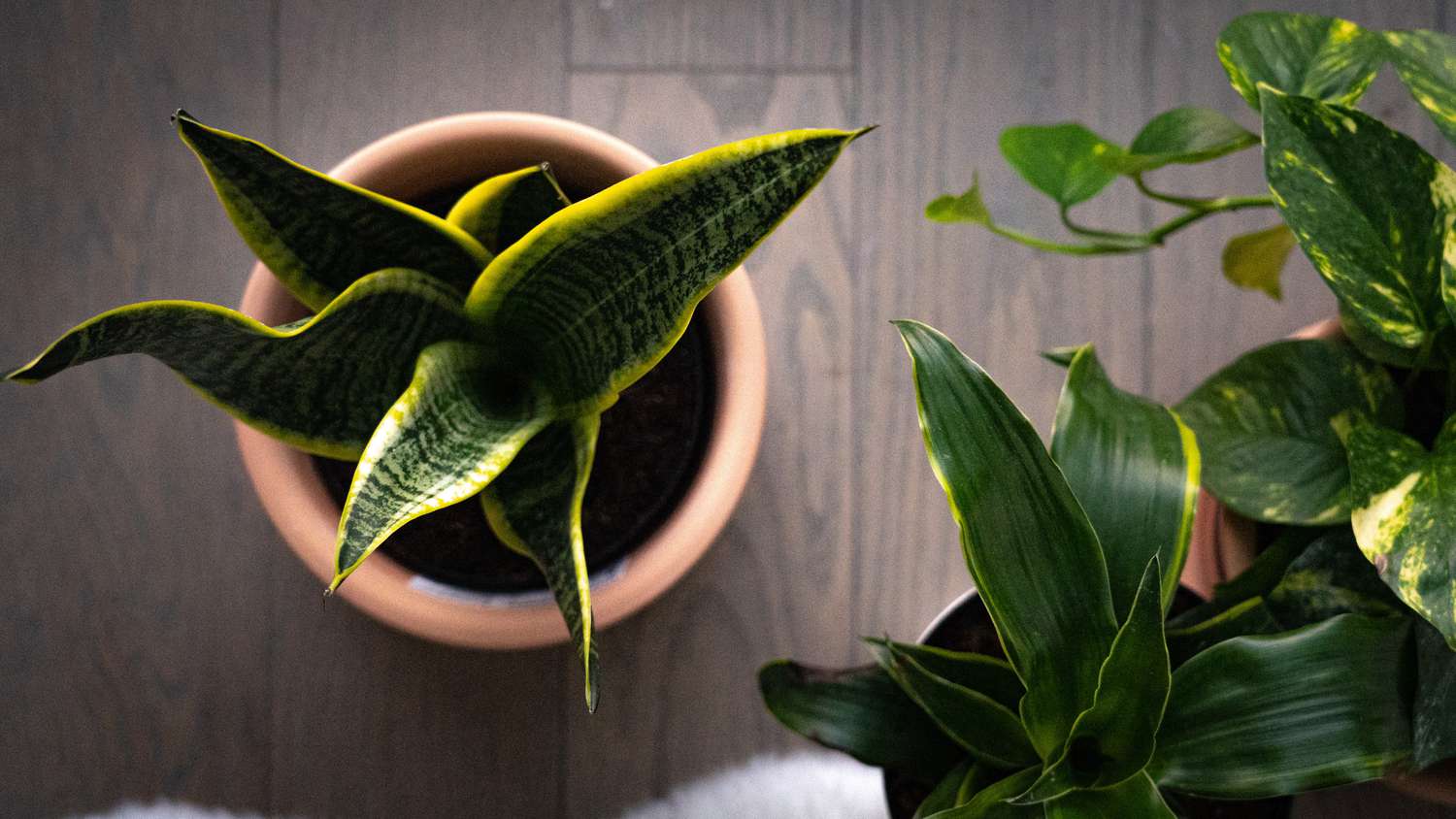
Overwatering
On the flip side, overzealous watering can also lead to yellowing leaves in snake plants. Overwatering can cause root rot, depriving the plant of essential nutrients and oxygen, ultimately resulting in yellow or mushy leaves.
Solution:
- Allow the soil to dry out completely between waterings to prevent waterlogged conditions.
- Opt for well-draining soil mixtures to promote adequate drainage and prevent water accumulation.
- Consider repotting your snake plant in a container with drainage holes to facilitate excess water removal.
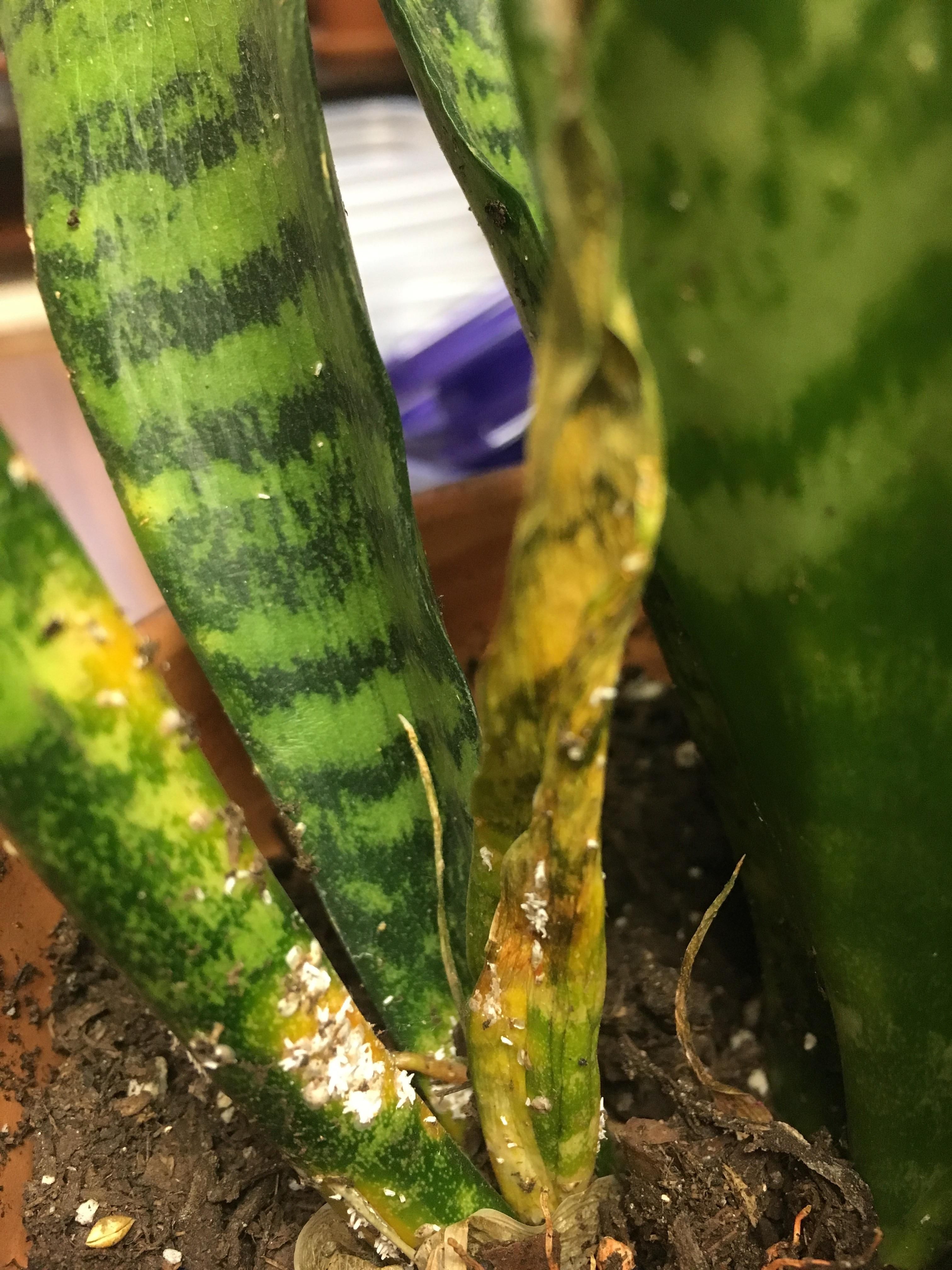
Improper Light Exposure
Snake plants are adaptable to various light conditions, but prolonged exposure to direct sunlight or inadequate light can cause stress, manifesting as bleach leaves and yellow leaves. Conversely, insufficient light impedes photosynthesis, resulting in pale, yellow foliage..
Solution:
- Place your snake plant in indirect sunlight or low light conditions, away from harsh, direct sunlight.
- Rotate your plant occasionally to ensure even light distribution and prevent one-sided yellowing.
- If your snake plant is indoors, consider placing it near a north or east-facing window for optimal light exposure.
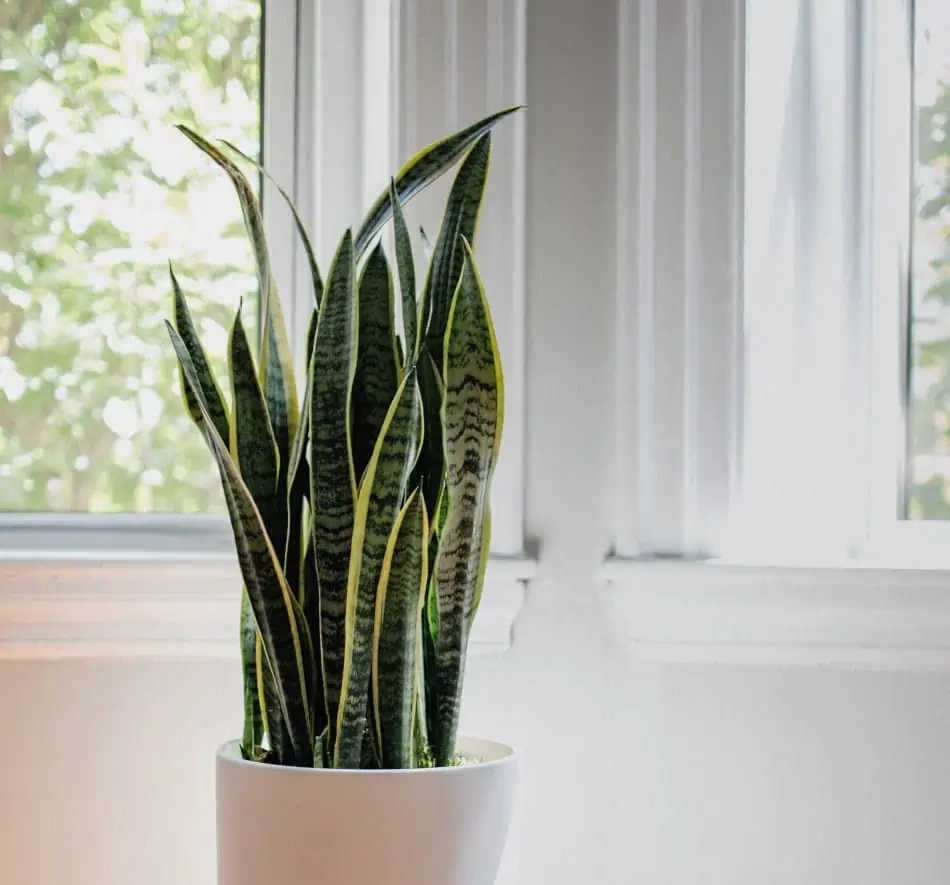
Nutrient Deficiency
A lack of essential nutrients can hinder your snake plant’s growth and lead to yellowing leaves. Insufficient nutrients such as nitrogen, potassium, or iron can manifest as discoloration or stunted growth.
Solution:
- Fertilize your snake plant with a balanced, water-soluble fertilizer during the growing season (spring and summer) to replenish essential nutrients.
- Follow the manufacturer’s instructions for dilution and application frequency to avoid fertilizer burn or nutrient imbalance.
- Consider using organic fertilizers or specialized formulas designed for succulents and cacti to meet your snake plant’s specific needs.
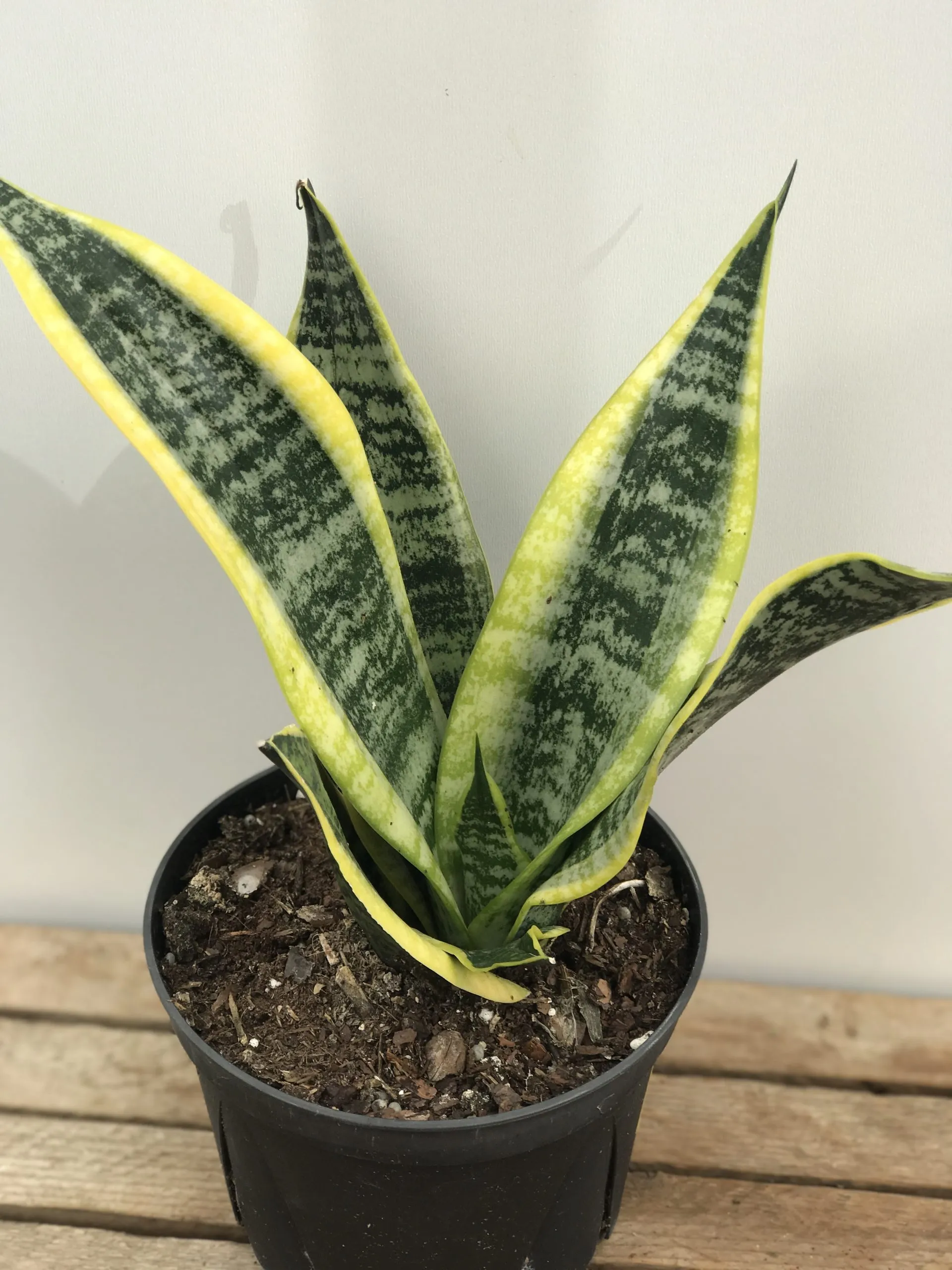
Temperature Stress
Extreme temperatures can stress snake plants, causing their leaves to turn yellow or brown. Sudden drops or spikes in temperature, as well as exposure to drafts, can adversely affect their health.
Solution:
- Maintain a consistent room temperature between 60°F to 85°F (15°C to 29°C) to prevent temperature-induced stress.
- Keep your snake plant away from drafty windows, air vents, or heating sources to avoid temperature fluctuations.
- Shield your plant from cold drafts during winter months and protect it from excessive heat during summer to maintain optimal growing conditions.
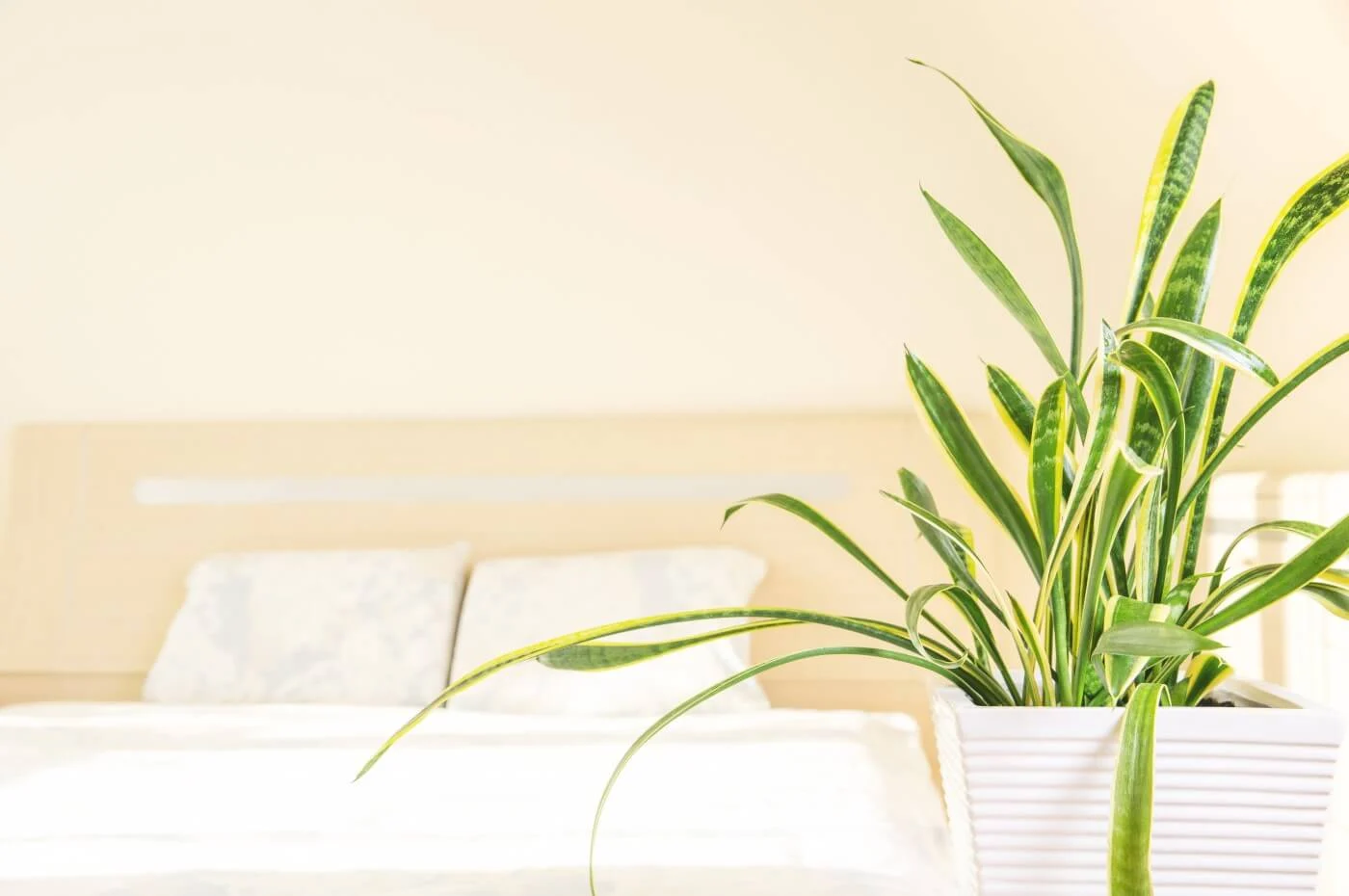
Pest Infestation
Are unwanted pests making a feast of your beloved snake plant? Pest infestations, such as spider mites, mealybugs, or aphids, can weaken the plant and cause yellowing leaves as they sap nutrients.
Solution:
- Inspect your snake plant regularly for signs of pest infestation, including webbing, tiny insects, or sticky residue on leaves.
- Treat affected plants with natural or chemical insecticides, following the product instructions carefully to ensure effectiveness and safety.
- Isolate infested plants to prevent the spread of pests to other houseplants and monitor them closely for signs of reinfestation.
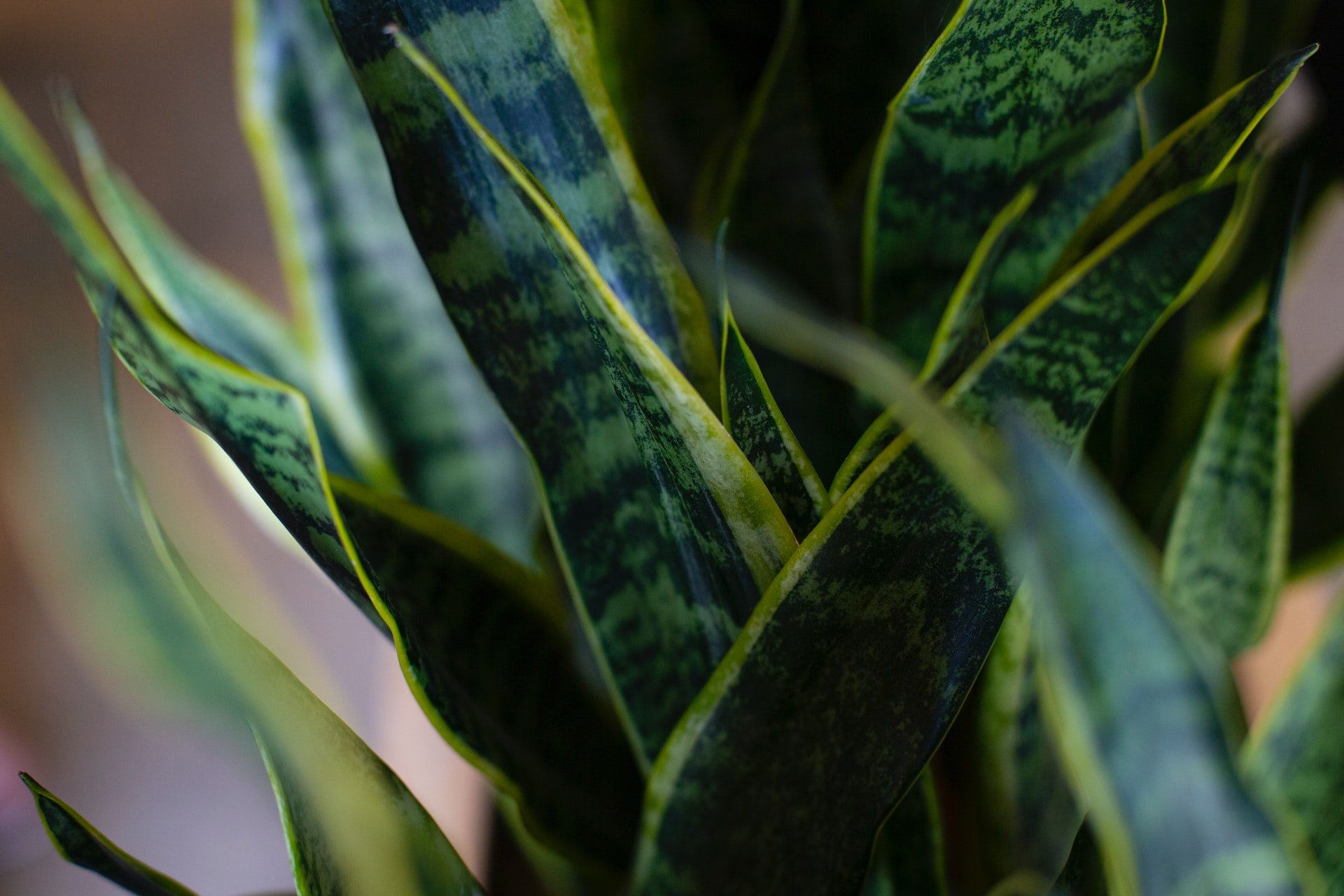
Root Bound Conditions
As snake plants mature, they may outgrow their pots, leading to root bound conditions where the roots become cramped and overcrowded, hindering nutrient uptake and causing stress.
Solution:
- Repot your snake plant into a larger container with fresh potting soil every two to three years or when roots outgrow the pot.
- Gently loosen the roots and prune any dead or rotting roots before transplanting to encourage healthy growth.
- Choose a pot with adequate drainage holes and allow the plant to settle into its new container before resuming regular care routines.
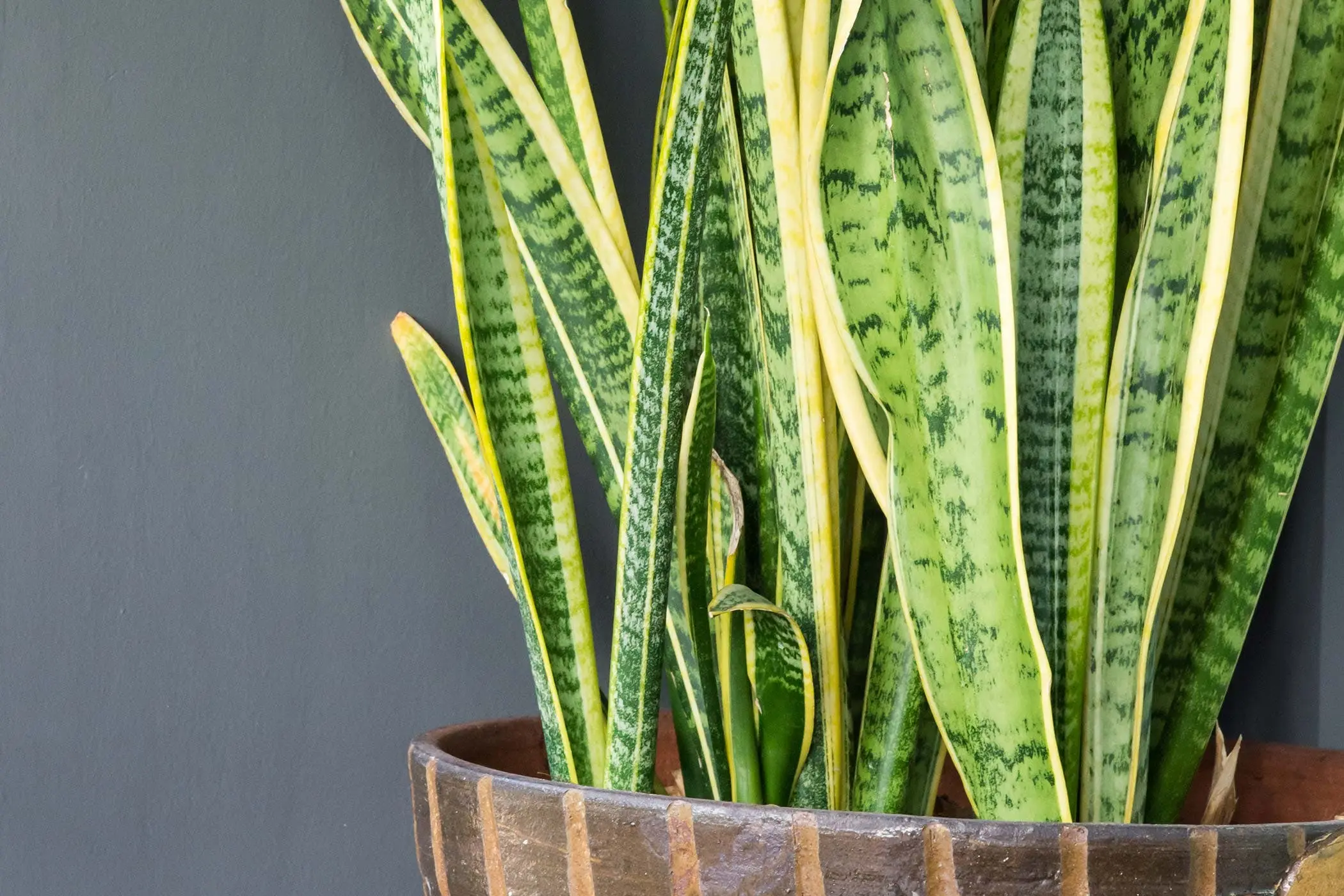
Environmental Factors
Environmental stressors such as pollution, dust accumulation, or chemical exposure can take a toll on your snake plant’s health, resulting in yellowing leaves over time.
Solution:
- Wipe the leaves of your snake plant regularly with a damp cloth to remove dust and debris, allowing them to breathe and photosynthesize efficiently.
- Keep your plant away from sources of pollution or chemical fumes, such as cigarette smoke or household cleaners, to prevent damage.
- Consider placing a humidifier nearby to maintain optimal humidity levels, especially during dry winter months, to mitigate environmental stress.
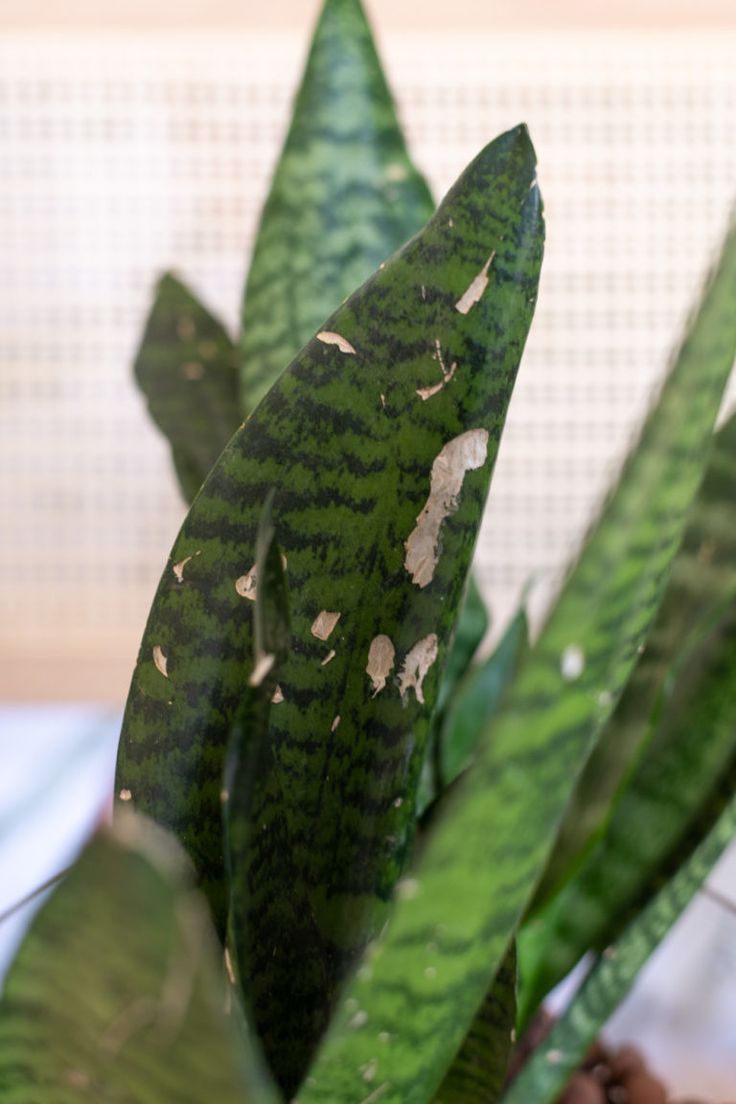
Variegated Leaves – Nature’s Palette
The captivating variegations adorning snake plant leaves might give rise to confusion regarding leaf discoloration. Variations in coloration are often inherent to different cultivars and signify the plant’s natural beauty rather than an underlying issue.
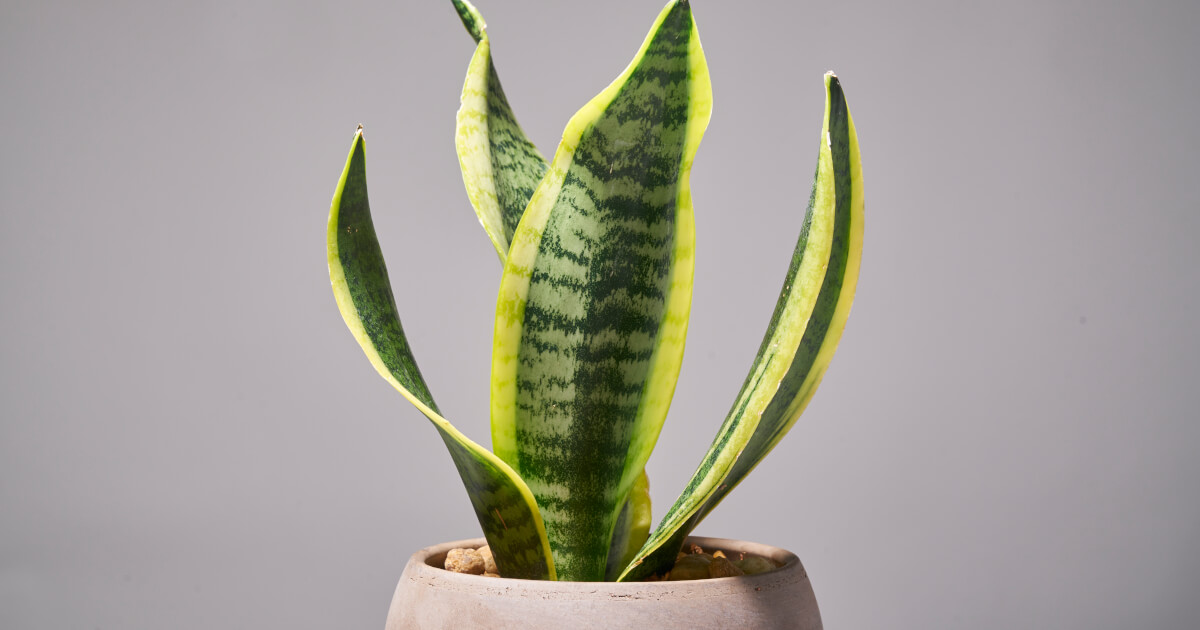
Natural Aging
Lastly, it’s essential to recognize that yellowing leaves can be a natural part of your snake plant’s growth cycle. As leaves age, they may turn yellow and eventually brown before drying up and falling off, making room for new growth.
Solution:
- Trim yellow or brown leaves close to the base using sterile pruning shears to promote a tidy appearance and redirect the plant’s energy to healthy foliage.
- Monitor your snake plant for new growth and overall vitality to ensure it’s thriving despite the occasional yellow leaf.
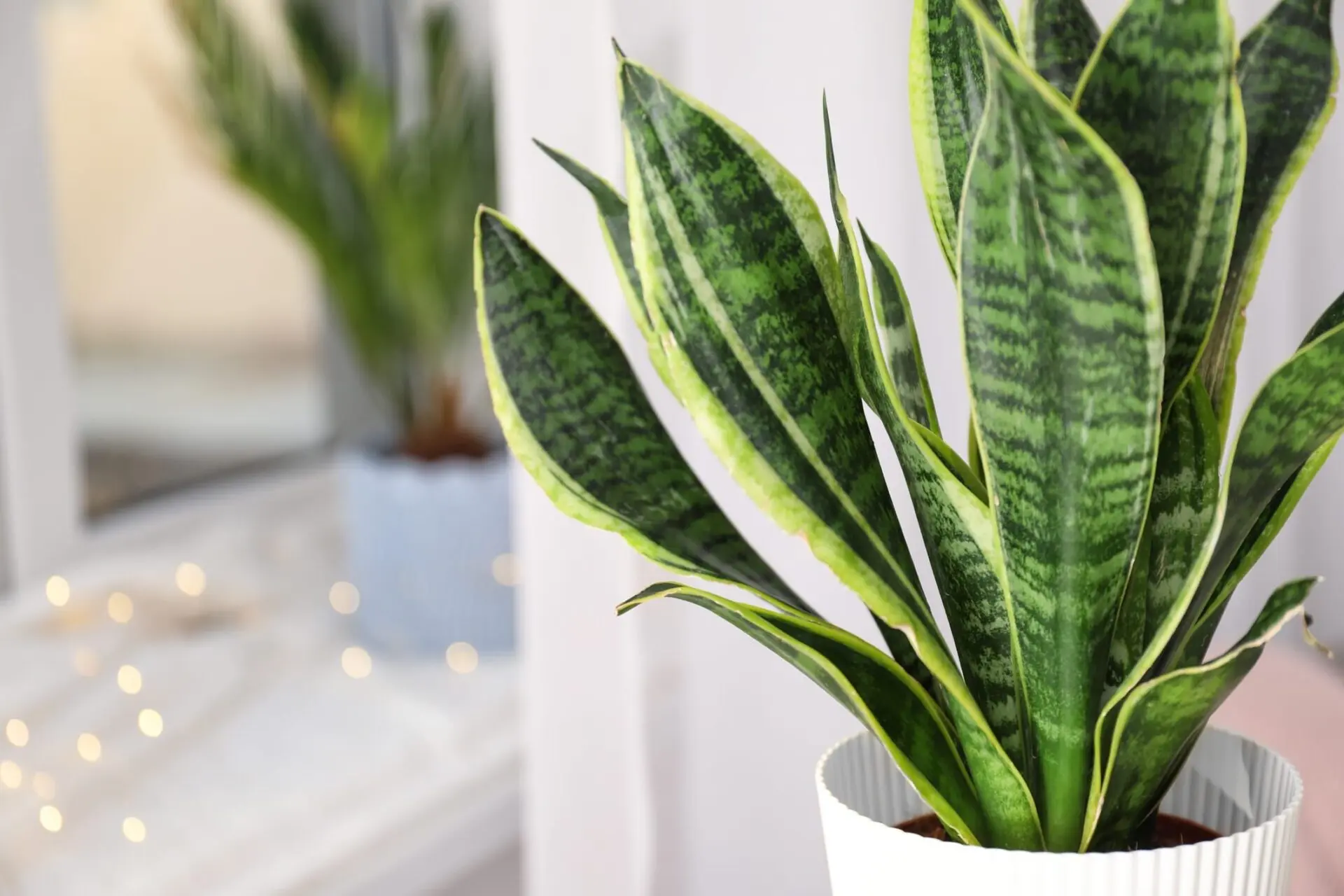
In conclusion, encountering yellowing leaves on your snake plant can be concerning, but armed with the knowledge of potential causes and solutions, you can address the issue effectively! Remember to assess factors such as watering, light exposure, nutrients, and environmental conditions to pinpoint the root cause of the problem. With proper snake plant care and attention, your plant will bounce back, showcasing its resilience and beauty once more. So don’t despair, fellow plant parent-your green companions are counting on you to nurture them back to health!
FAQs
How do I fix yellow leaves on my snake plant?
To fix yellow leaves on a snake plant:
- Check the plant’s watering regimen: Ensure you’re not overwatering, as excessive moisture can lead to root rot and yellowing leaves. Allow the soil to dry out between waterings.
- Assess the light conditions: Ensure your snake plant is receiving adequate indirect light. If it’s in low light, consider moving it to a brighter location.
- Check for pests: Inspect the plant for signs of pests like spider mites or mealybugs, which can cause stress and lead to yellowing leaves. Treat any infestations promptly.
- Trim away severely damaged or yellowed leaves, as they won’t recover. Focus on providing proper care to prevent further yellowing.
What does an overwatered snake plant look like?
Signs of overwatering in a snake plant may include:
- Yellowing or browning leaves, especially at the base of the plant.
- Soft, mushy stems or roots.
- Wilting or drooping foliage, even when the soil is moist.
- Foul odor emanating from the soil, indicating root rot. If you suspect overwatering, allow the soil to dry out partially between waterings and adjust watering practices to prevent further damage.
How do you fix yellow leaves on plants?
To fix yellow leaves on plants:
- Adjust watering: Ensure you’re not overwatering or underwatering. Allow the soil to dry out slightly between waterings, and water thoroughly when needed.
- Check light exposure: Ensure the plant is receiving adequate sunlight or indirect light. Move it to a brighter location if necessary.
- Assess soil conditions: Ensure the soil is well-draining and not compacted. Consider repotting if the soil is overly soggy or compacted.
- Address nutrient deficiencies: Provide balanced fertilizer as needed to address any nutrient deficiencies that may be causing yellowing leaves.
Do snake plants need to be watered often?
Snake plants are drought-tolerant and do not need to be watered often. Allow the soil to dry out between waterings, and water sparingly, especially during the winter months when growth slows down. Overwatering is a common issue with snake plants, so it’s crucial to err on the side of underwatering rather than overwatering.
Can a yellow leaf turn green again?
Once a leaf turns yellow, it will not turn green again. However, by addressing the underlying cause of the yellowing and providing proper care, you can prevent further yellowing and promote healthy new growth.
What is lacking when leaves turn yellow?
When leaves turn yellow, it can indicate various issues, including:
- Overwatering or underwatering.
- Poor light exposure.
- Nutrient deficiencies, such as nitrogen, iron, or magnesium.
- Pest infestations or diseases. Assess the plant’s care regimen and environmental conditions to determine the underlying cause of yellowing leaves and take appropriate corrective actions.
